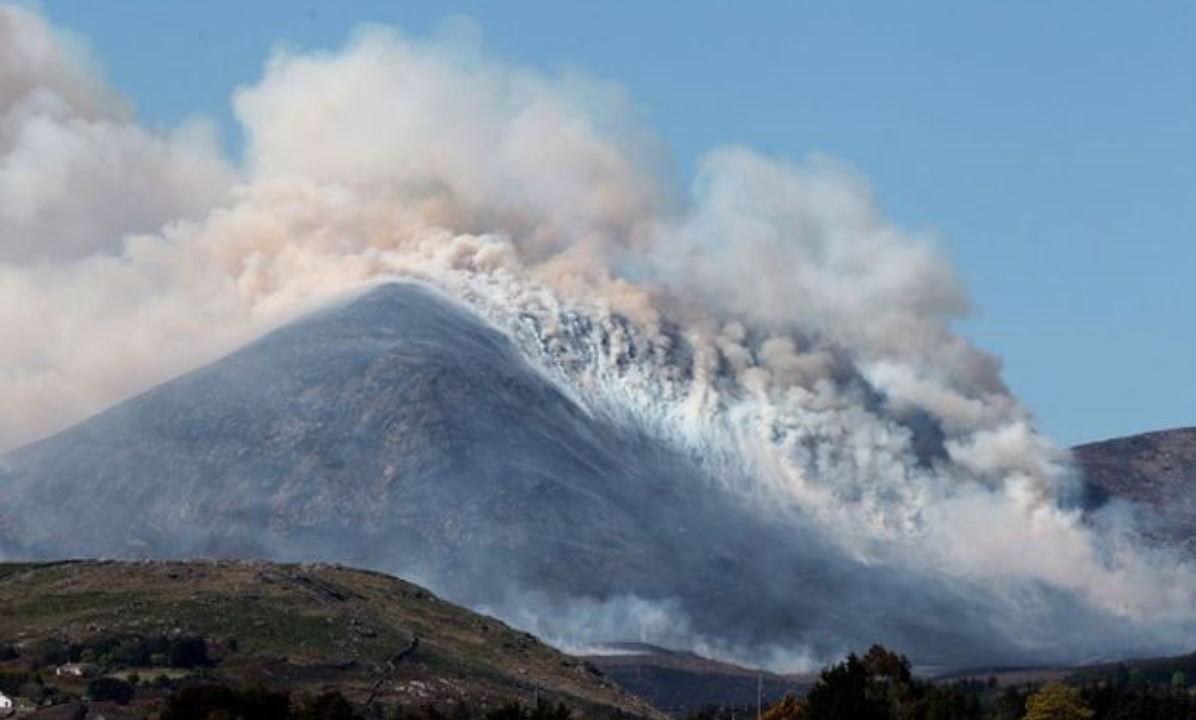There is a major risk of ‘catastrophic’ wildfires engulfing swathes of one of England’s leading national parks, according to a new report published today (Wednesday, May 18).
The research project produced for the Peak District National Park focuses on 38,860ac of continuous moorland, centred on the picturesque Derwent Valley, to the east of Sheffield.
The resulting report states that wildfire poses a significant threat to the Peak District National Park, which attracts 13 million visitors a year and is part of the largest carbon store in the UK.
In fact it says, in the words of Prof. Rob Marrs, president of The Heather Trust, that “it’s not if, but when”.
The Peak District National Park Wildfire Risk Assessment 2022 report says these wildfires could be beyond the remit of control of Fire and Rescue and are driven by climate change.
Prolonged dry periods now occur two or three times a year on average, more than double the frequency of 100 years ago. The majority of recorded wildfires occur in April, followed by March and May.
It also found that changes in grazing regimes and limitations on vegetation management mean the fuel complex (i.e. combustible vegetation) is accumulating, but noted wildfire ignitions are caused by people – either accidentally or with malicious intent.
Accidental ignition is a particularly high risk on the moorland fringes close to urban areas such as Sheffield and Manchester, it found.
Anthony Barber-Lomax, one of the report’s authors said: “This report provides the first complete picture for people who manage this land. There is a significant risk of a wildfire which would be beyond the scope of the Fire and Rescue Service to control.
“This is particularly worrying as the moorlands of the Peak District are home to some of our rarest species such as Curlew, Short-eared Owl, Mountain Hare and Merlin.
“As a society we must act now to address some of these risks, to protect people, property, precious habitats and the vast carbon reserves stored in peatland. There is an urgent need for mitigation strategies to be deployed without delay.”
Wildfires
From January to April this year there were 243 wildfires in the UK, compared to 237 for the whole of last year, according to the National Fire Chiefs’ Council.
Farmers and land managers are always being urged to remain vigilant for signs of fire during the dry and summer periods as they can be devastating to land, people and wildlife.

